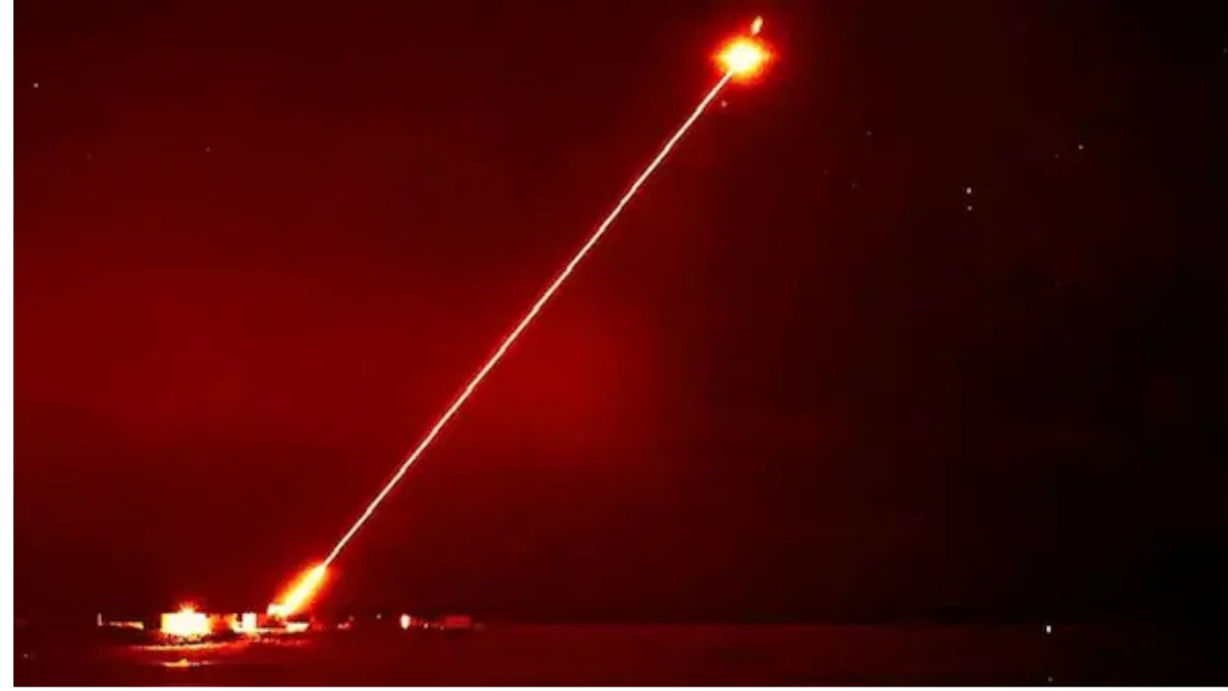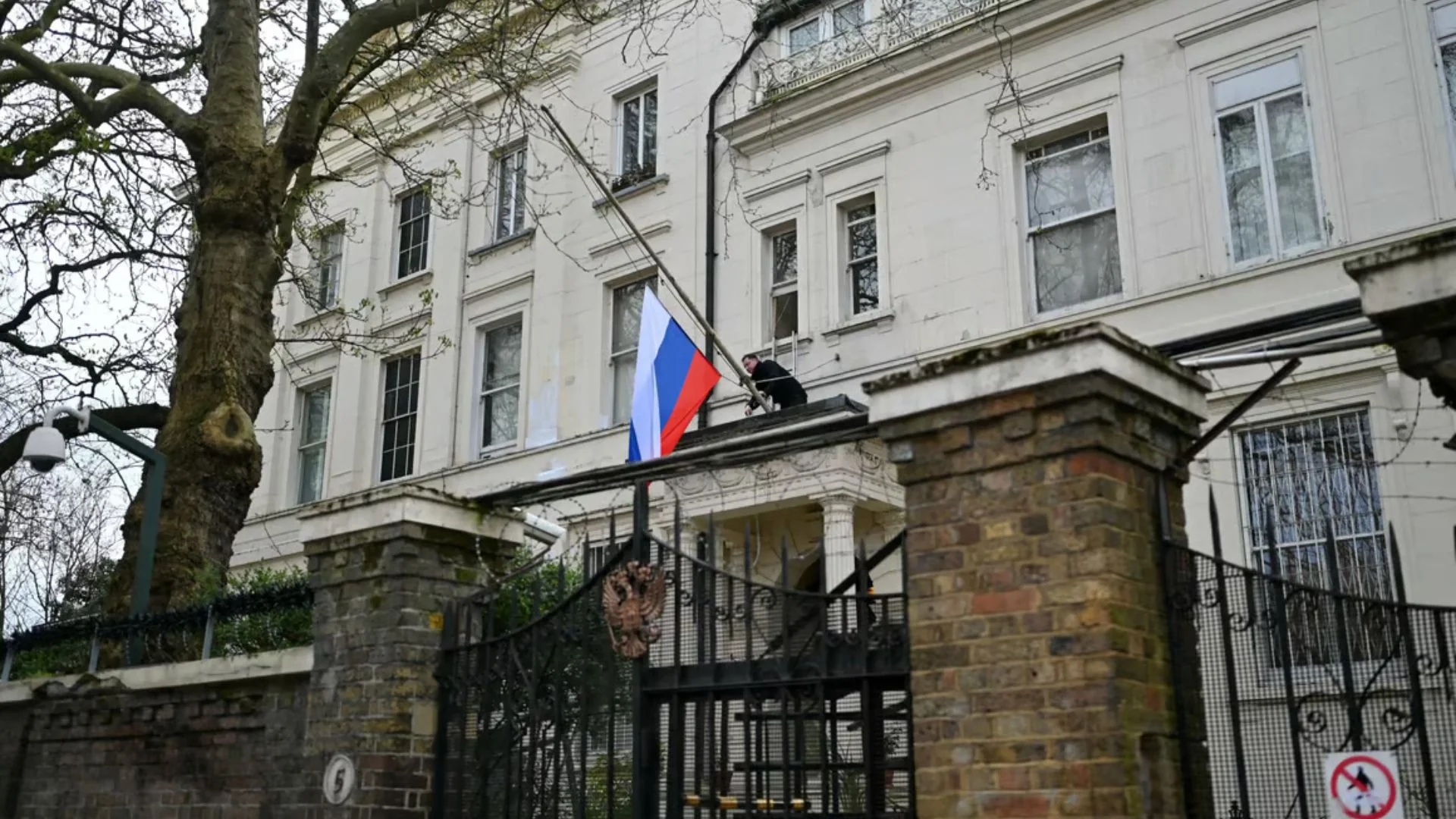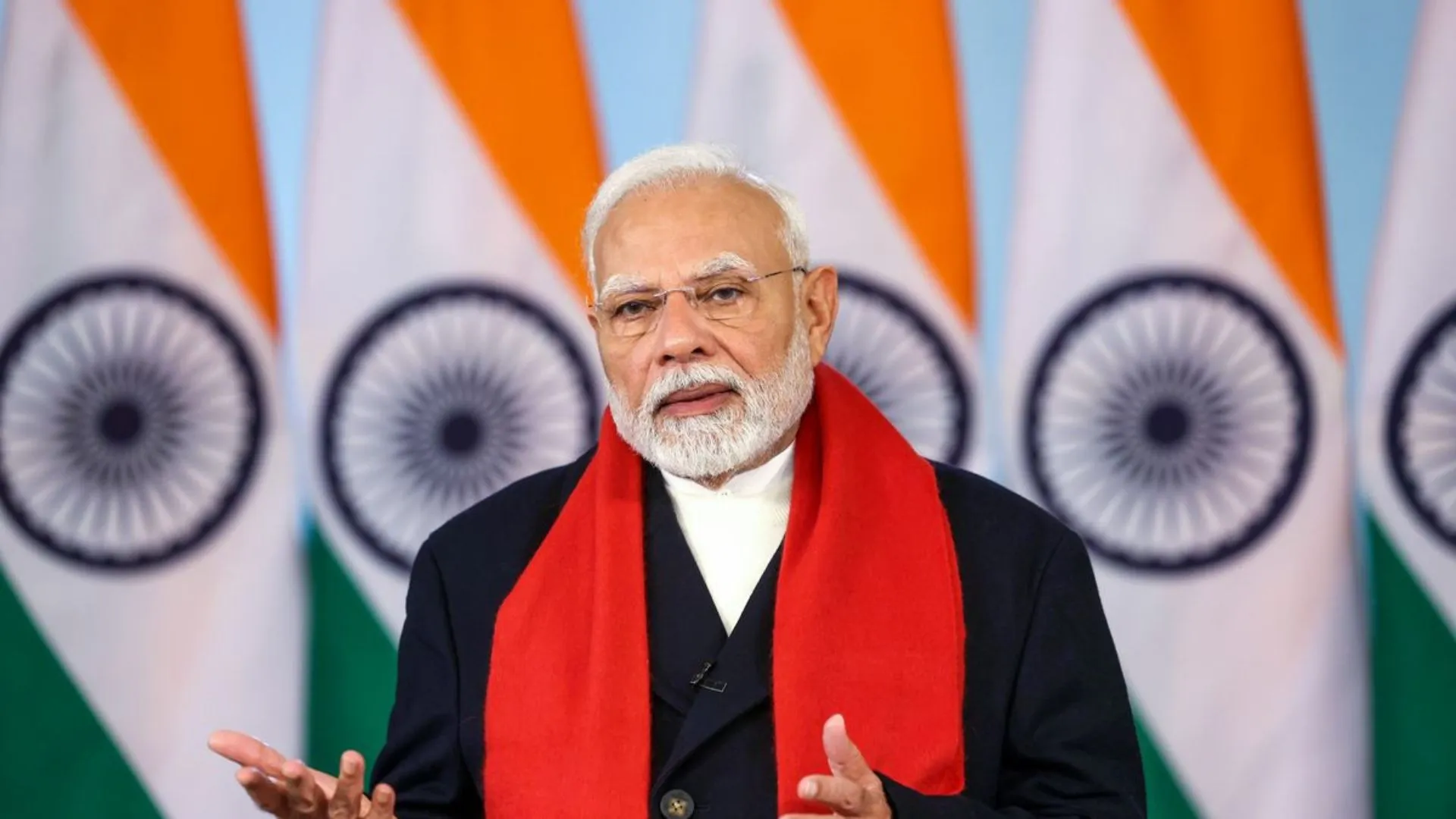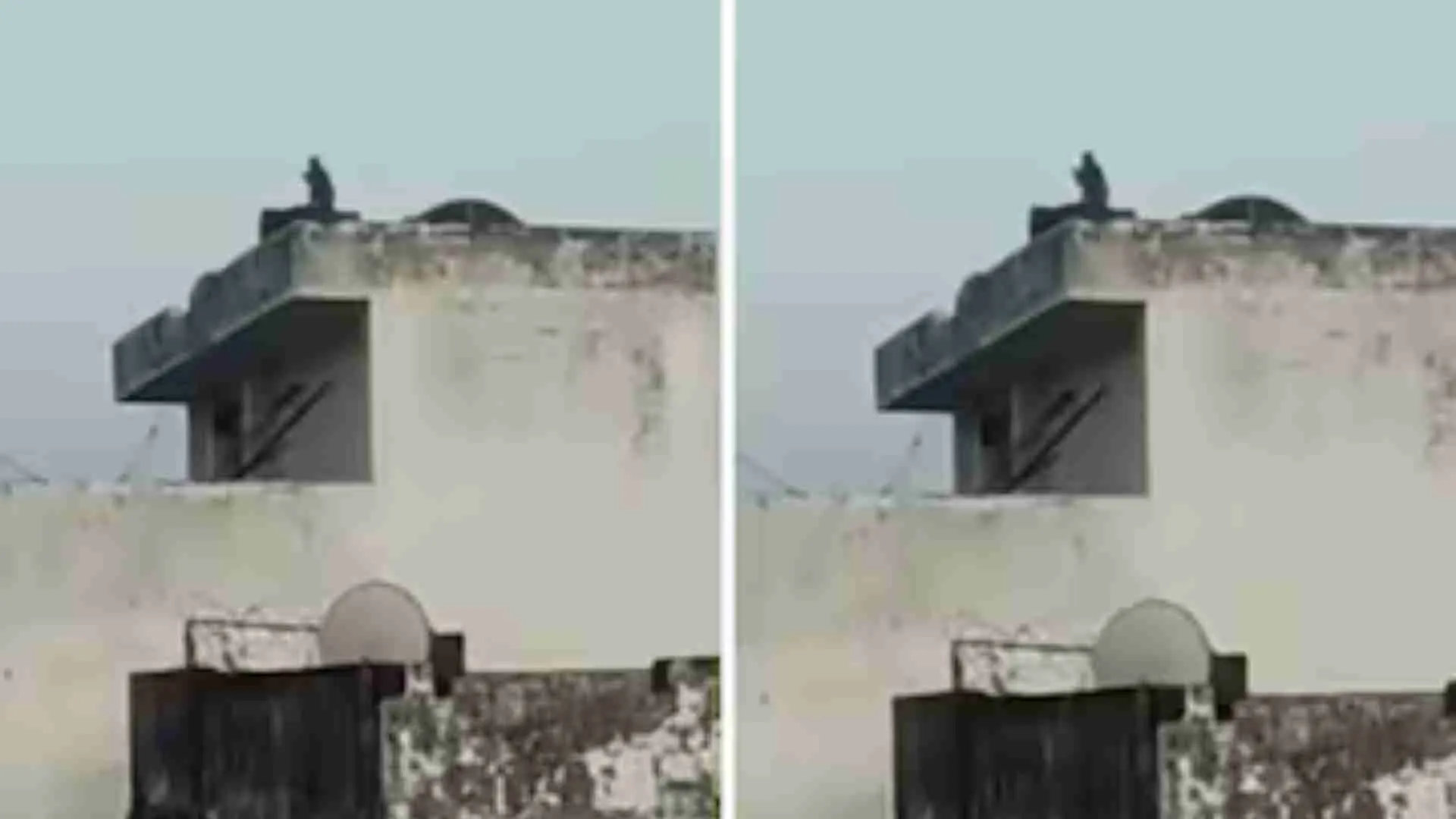Ukraine has gained a significant edge in its ongoing war with Russia, which has now surpassed 1,000 days. Recently, Kyiv unveiled a new laser weapon called Tryzub, named after the country’s trident symbol, which represents strength, independence, and unity.
Confirmation of Tryzub
At a defense summit in Kyiv, Vadym Sukharevskyi, the commander of Ukraine’s Armed Forces’ Unmanned Systems, confirmed the weapon’s existence. He stated, “It really works; it really exists. We can say today Ukraine is, if I’m not mistaken, the fifth country that can claim it has a laser weapon.”
Furthermore, the Tryzub is capable of downing aircraft from more than two kilometers away. While the exact location of deployment remains unknown, it is confirmed to be operational. Experts speculate that the weapon may have been inspired by the UK’s DragonFire, a cutting-edge laser weapon designed to target drones, missiles, and planes.
Advantages of Tryzub for Ukraine
If fully operational, the Tryzub could provide Ukraine with a significant advantage. For one, laser weapons offer a low-cost alternative to expensive missile systems. According to experts, the cost per shot for Tryzub could be under £10, making it a more affordable option for targeting drones and other threats.
In addition, the Tryzub could be used to counter Russian hypersonic missiles, which are difficult to intercept due to their high speed. Martin J. Dougherty, a weapons expert, explained, “The big deal with lasers is they provide a way of downing cheap weapons such as drones without using something costing vastly more.”
Moreover, laser weapons have an “infinite magazine.” Unlike traditional weapons with limited ammunition, laser systems can continue firing as long as they have power, providing a reliable and continuous defense option.
Limitations of Laser Weapons
However, there are some limitations to laser weapons. Patrick Senft, a technical intelligence expert, pointed out that faster-moving targets, such as artillery shells and ballistic missiles, are much harder to neutralize. These types of threats would likely require more advanced systems to address.
Countries with Laser Weapons
With the development of Tryzub, Ukraine joins a small group of countries that possess laser weapons. For example, the United States Army has deployed a truck-based laser to target drones, helicopters, and rockets. Other countries, including Israel, Turkey, Germany, Japan, and China, have also developed their own laser systems.
In July, South Korea announced plans to deploy lasers to intercept North Korean drones. The Block-I laser system, developed by South Korea, is expected to be deployed by the end of this year. Additionally, Taiwan has recently acquired laser weapons, further expanding the list of nations with this technology.
Furthermore, India has tested laser weapons such as DURGA, a space-based weapon, and KALI, which fires powerful electron beams. Meanwhile, Russia is reportedly working on high-energy lasers to disable enemy satellites.
The Future of Laser Weapons
Overall, laser weapons are becoming increasingly important in modern warfare. They are expected to play a crucial role in countering threats like drones. Additionally, laser systems may have civilian applications, such as protecting against terrorist attacks. As more countries develop laser technologies, they are likely to become a key component of global defense strategies.























